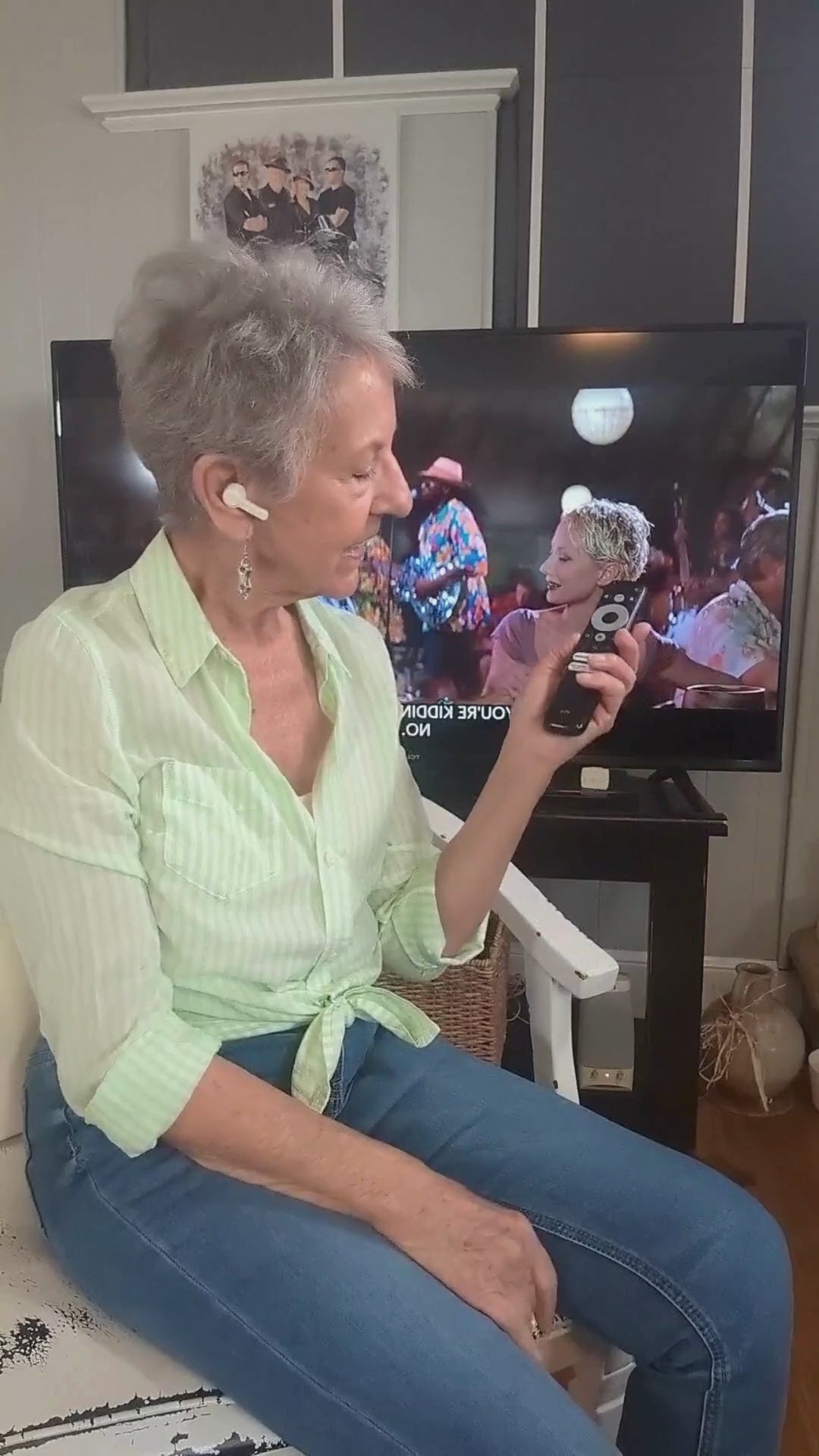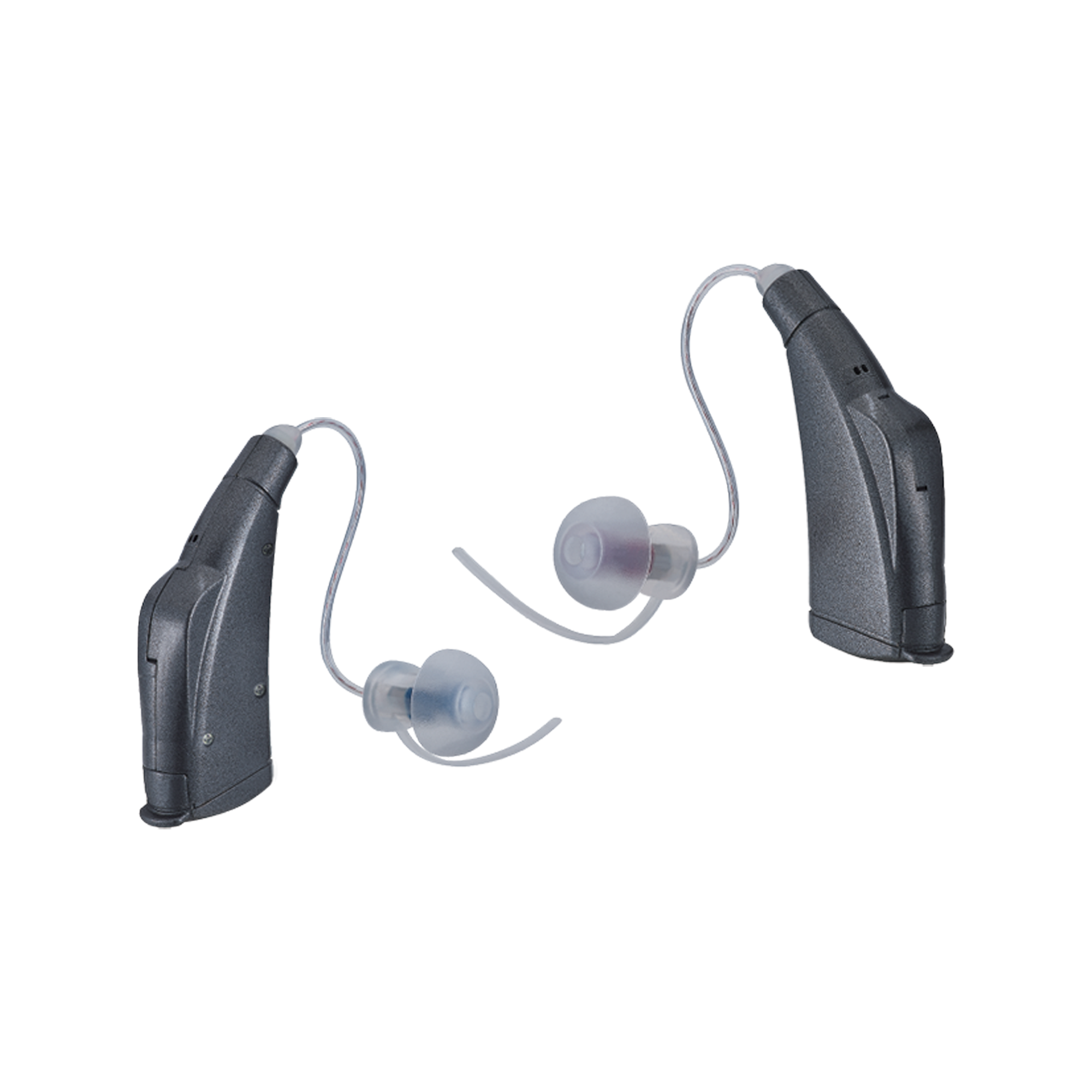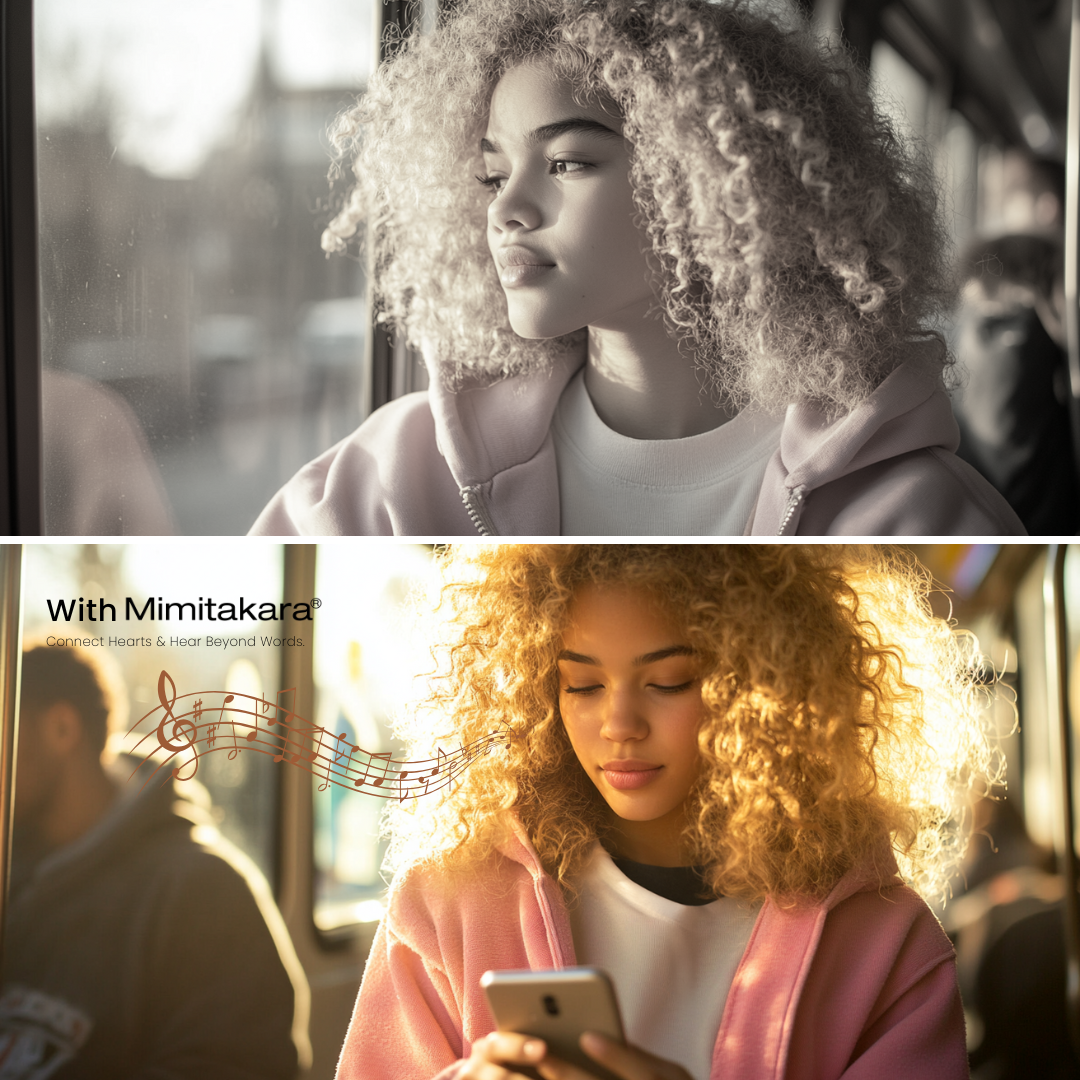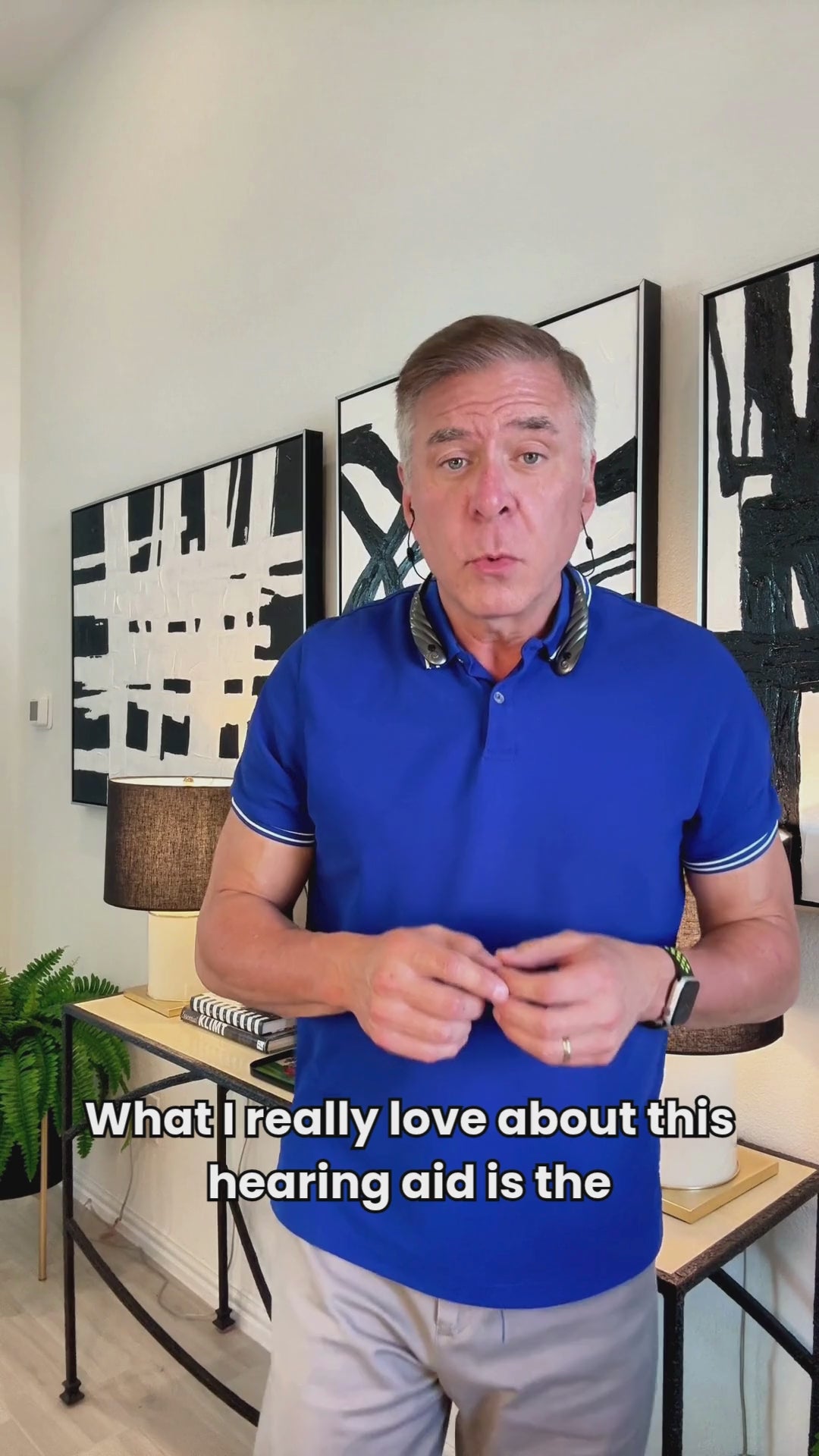We live in a noisy world. From bustling cities and concerts to earbuds and lawnmowers, our ears are constantly exposed to sound. But at what point does sound cross the line into damage territory? How loud is too loud for your hearing health? This article dives deep into understanding noise levels, hearing safety thresholds, and practical steps to protect your ears—based on insights from the American Speech-Language-Hearing Association (ASHA), the National Institute on Deafness and Other Communication Disorders (NIDCD), and RNID.
Understanding Sound and Decibels
Sound is measured in decibels (dB), a logarithmic unit that reflects the intensity of sound. The higher the decibel level, the louder the sound—and the greater the potential for damage.
What is a Decibel?
A decibel is not a linear measurement. Instead, it works logarithmically, meaning that every 10 dB increase represents a tenfold increase in intensity. So, a sound at 100 dB isn’t just slightly louder than 90 dB—it’s actually 10 times more intense.
Common Sound Levels:
| Sound Source | Decibel Level (dB) | Safe Duration |
| Whisper | 30 dB | Safe |
| Normal conversation | 60 dB | Safe |
| Heavy city traffic | 85 dB | Up to 8 hours |
| Lawn mower | 90 dB | 2 hours |
| Rock concert | 110 dB | Under 2 minutes |
| Fireworks, gunshots | 140–165 dB | Immediate damage possible |
How Loud is Too Loud?
According to the NIDCD, prolonged exposure to sounds at or above 85 dB can cause permanent hearing loss. The louder the noise, the less time it takes to damage your hearing. This means it's not just the loudness of a sound but how long you're exposed to it that determines the risk.
Key thresholds:
- 85 dB (e.g., heavy traffic): safe for up to 8 hours
- 95 dB (e.g., leaf blower): safe for about 50 minutes
- 100 dB (e.g., a chainsaw): damage can occur after 15 minutes
- 110 dB+ (e.g., live concert): damage within 2 minutes or less
The Mechanics of Hearing Damage
Your inner ear contains tiny hair cells (stereocilia) that transmit sound to your brain. Loud noise can cause these delicate cells to bend or break—once damaged, they do not regenerate.
How Sound Travels:
- Sound waves enter your ear canal.
- Vibrations reach the eardrum.
- The three tiny bones in your middle ear amplify the vibrations.
- These reach the cochlea, where stereocilia convert the vibrations into electrical signals.
- Signals travel to the brain and are interpreted as sound.
Warning signs of damage include:
- Temporary hearing loss
- Ringing in the ears (tinnitus)
- A feeling of "fullness" in the ears after loud events
- Trouble understanding speech, especially in noisy environments
Over time, continued exposure without protection can lead to permanent sensorineural hearing loss.

How to Measure Noise Levels in Your Environment
You don’t need to be a scientist to measure how loud your world is.
Tools to consider:
- Smartphone apps like Decibel X, NIOSH Sound Level Meter, or SoundPrint
- Noise dosimeters used in occupational settings
- Built-in Apple Watch and iPhone noise monitoring (for iOS 14+)
Tip: If you have to shout to be heard at arm’s length, it’s likely over 85 dB.
Real-World Examples of Dangerous Noise Exposure
1. Daily Commutes
Subway rides often reach 90–100 dB. Exposure for 30 minutes every day can lead to cumulative hearing damage.
2. Concerts and Music Festivals
Peak levels often exceed 110 dB. Even a single night of unprotected exposure can lead to hearing loss or permanent tinnitus.
3. Headphones and Earbuds
Most people listen at levels exceeding 90 dB. Listening for more than 60 minutes at that level daily increases the risk of permanent damage.
4. Occupational Hazards
- Construction workers: Jackhammers exceed 100 dB
- Musicians: Live performances can peak at 120 dB
- Airport staff: Tarmac noise can exceed 140 dB
Hearing Loss by the Numbers
| Statistic | Data |
| Number of Americans with noise-induced hearing loss | 40 million+ |
| Number of global teens at risk due to unsafe listening | Over 1 billion |
| Safe listening limit | 85 dB (8 hours max) |
| Risk of hearing loss from concert without protection | 100% after 15 minutes at 100 dB |
Graph Idea: Line graph showing the inverse relationship between sound level and safe listening duration.
How to Protect Your Hearing
1. Use Hearing Protection
- Foam earplugs: Cheap, available at drugstores, reduce sound by 20–30 dB
- Custom-molded earplugs: Ideal for musicians or frequent concert-goers
- Earmuffs: Cover entire ear, good for children and industrial settings
- Noise-canceling headphones: Help reduce the need to turn up volume
2. Limit Exposure Time
- Take listening breaks
- Turn down the volume whenever possible
3. Follow the 60/60 Rule
- Listen at no more than 60% of maximum volume
- For no more than 60 minutes at a time
4. Soundproof Your Environment
- Use soft furnishings like rugs and curtains
- Install acoustic panels in loud spaces
5. Schedule Regular Hearing Checks
- Especially if you notice ringing, muffled hearing, or difficulty in conversations
- Early detection helps preserve existing hearing

Children and Teens: A Generation at Risk
The World Health Organization (WHO) warns that over 1 billion young people are at risk of hearing loss due to unsafe listening practices.
- Frequent use of headphones and earbuds
- Tendency to ignore early symptoms
- Ear structures still developing and more sensitive
Protective tips for parents:
- Use parental control apps to limit volume
- Encourage headphone-free time
- Educate about the signs of hearing damage
Suggested Tools:
- Volume-limiting headphones for kids
- Timers and alerts for listening sessions
The Role of Employers and Public Health Policies
Workplaces and governments also have a part to play.
OSHA Guidelines:
- Requires hearing protection for workers exposed to 85 dB or more over an 8-hour shift
- Mandates annual hearing tests in certain industries
Community Interventions:
- Public awareness campaigns
- Free hearing tests and educational programs
- Noise ordinances and traffic noise reduction policies
Example: New York City’s "Quiet City" initiative introduced low-noise garbage trucks and traffic regulation to reduce urban sound pollution.
What If You Already Have Hearing Damage?
It’s never too late to protect what’s left.
Steps to Take:
- Get tested by an audiologist
- Consider hearing aids or personal sound amplifiers
- Use captioning for TV or conversations
- Join support communities and forums
Myth Busting: Common Misconceptions
“My ears feel fine, so I’m not at risk.”
False. Damage can accumulate silently over time.
“Earbuds are safer than headphones.”
Not necessarily. Earbuds sit closer to the eardrum and can amplify the risk.
“Only older people lose their hearing.”
Noise-induced hearing loss affects all ages—and is growing among young adults.
“If I lose hearing, I’ll just get a hearing aid.”
Hearing aids help, but they don’t restore natural hearing.
Conclusion: Know Your Limits, Protect Your Ears
Noise-induced hearing loss is 100% preventable—but not reversible. Understanding decibel thresholds, monitoring your sound environment, and using protection can make a lifelong difference.
Whether you’re commuting, working, parenting, or enjoying music, knowing “how loud is too loud” is the first step to lifelong hearing health.













